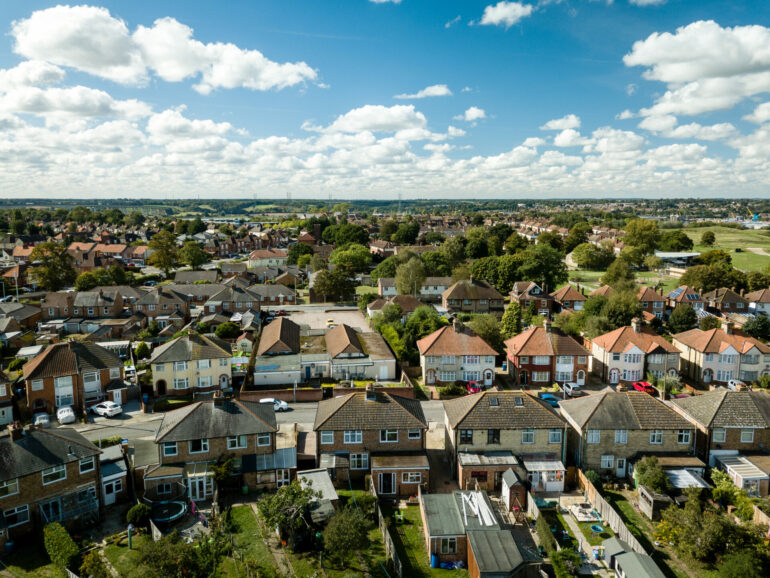The cost of buying a home will increase for the majority of home buyers in England and Northern Ireland from April when the Stamp Duty Land Tax (SDLT) relief introduced in the 2022 mini-Budget ends and reverts to previous rates, analysis from Zoopla has revealed.
The impact and extra cost will vary across the country and between existing homeowners and first-time buyers as different rates apply.
Zoopla estimated that these changes will raise an extra £1.1bn a year in SDLT for the Government.
From the 1st April of 2025, four in every five (83%) homeowners will pay Stamp Duty on buying a main residence, up from 49% today, as the 2% rate between £125,000 and £250,000 returns.
Fewer than a fifth of homeowners (17%) will pay no SDLT on purchases below £125,000.
This means that the 49% of homeowner purchases over £250,000 will pay an extra £2,500 in stamp duty from April.
The 33% of buyers purchasing between £125,000 and £250,000 will pay 2% on the purchase price up to a maximum of £2,500.
Zoopla estimates this will generate an additional £900m in Stamp Duty.
The biggest jump will be in the West Midlands, where 66% more sales will pay from April, followed by 55% in the East Midlands and 50% in the North West.
Richard Donnell, executive director at Zoopla, said: “Stamp Duty has become a big source of tax revenue, approaching £10bn a year for the Government.
“The reduction in tax reliefs from April will see more home buyers paying stamp duty.
“Existing homeowners will pay up to £2,500 more for each purchase across a large number of sales.
“The average seller has made £60,000 in capital gains so there is flexibility to absorb this cost but buyers will expect to factor this extra cost into what they offer.
“It’s positive that most first-time buyers will still pay no Stamp Duty from April, but these changes hit those buying over £300,000 in southern England the most where buying costs are already high.
“This will reduce buying power and market activity at a local level.
“Stamp duty is a big tax on home movers in southern England where affordability problems are already a major challenge.
“The case for reforming Stamp Duty remains but the question is where to replace the multi-billion in annual tax revenues.”



